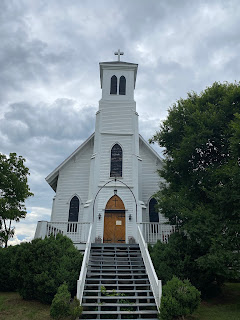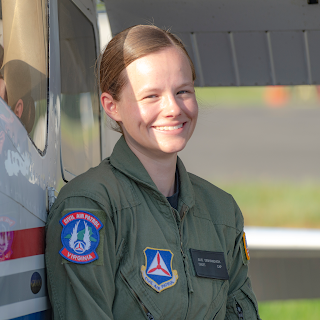This semester my project was to develop a wheelchair training simulation that would
automatically generate training scenarios for wheelchair users. The goal of my research was to
find an effective alternative to current wheelchair training methods. The three main methods of
training that my team and I identified was the use of a human coach, self teaching through trial
and error, and video tutorial or instructions manual. Of the three we identified our focus was on
solving limitations including things such as lack in variability of location or time when training
can be completed.
The first step to my project was to create the automatically generated environments in a
software known as Unity. The generation of the scenarios used a cost based approach combined with the Metropolis Hasting Algorithm to generate indoor environments with a specified training path for the user to follow. Working on this taught me a lot about a machine learning technique
known as reinforcement learning and how to apply it in my simulation. Before working on this
section I knew very little about acceptance algorithms such as the Metropolis Hasting algorithm
and did a lot of research on the benefits that came with using it in the generation of my training
simulation. By working on this part of the project I gained more experience in the Unity software
and how to apply different abstract concepts in my coding.
After the simulation was created the next step was to create the movement of the virtual
wheelchair. This was accomplished by using trackers that were placed on each wheel of a
manual wheelchair. The rotation of the wheels on the wheelchair were tracked and translated to
movement in the virtual space.
The next step was to perform the user study and collect our data. I was fortunate enough
to perform the user study before everything with COVID-19 took place leaving me with just the
need to compile the data for my research. I continued to meet with my mentor on a weekly basis
through the use of google hangouts to compile the data. With the data I was able to conclude that
our training method did increase precision and maneuverability of the wheelchair of those put
through the simulation. The next steps to this project are to look at how to include realistic
outdoor environments for the user to train in.
My experience with URSP was a very rewarding one and helped me learn a lot about the
research field and how to adapt to different situations. It also gave me the opportunity to gain
hands-on learning in fields of research that interests me and overall has provided me with a very
beneficial experience.


























